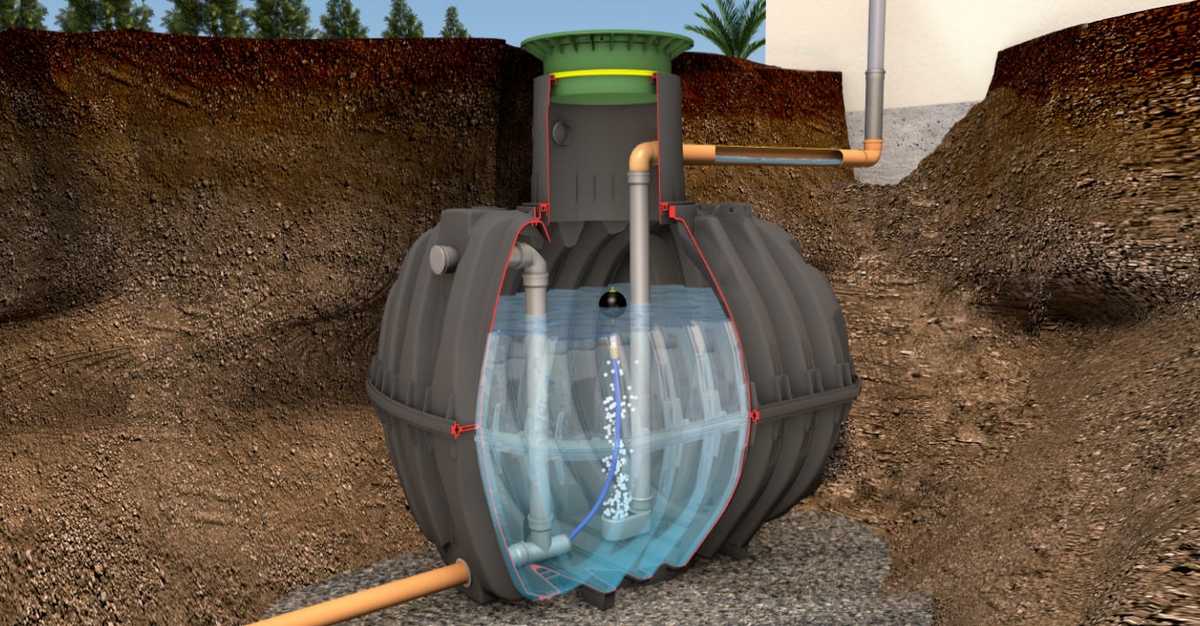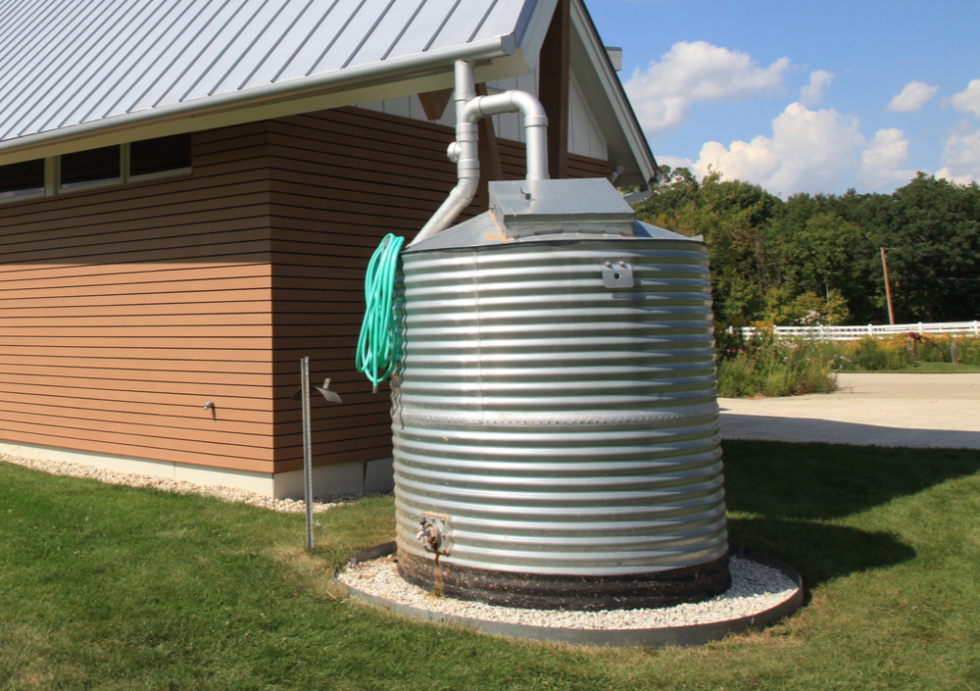Types of water tanks used in the building
Water tanks play a pivotal role in building construction, ensuring a reliable and sustainable water supply. In this article, we will explore the various types of water tanks used in building construction, their features, and factors to consider when choosing the right one for a specific project.
I. Elevated Water Tanks
Elevated water tanks are a common sight on the skyline of many buildings. These structures, typically positioned on tall support towers, provide gravity-driven water pressure. The benefits of elevated water tanks include improved water pressure, efficient distribution, and the ability to serve multi-story buildings seamlessly.
II. Underground Water Tanks
Contrary to elevated tanks, underground water tanks are concealed beneath the building or property. These tanks are often chosen for space-saving purposes and aesthetic considerations. However, they come with their own set of advantages and disadvantages, including potential installation challenges and limited visibility for maintenance.
III. Plastic Water Tanks
Plastic water tanks are gaining popularity due to their lightweight nature and durability. These tanks are resistant to corrosion and can be easily transported and installed. Additionally, plastic tanks are available in various sizes, catering to different water storage needs.
IV. Concrete Water Tanks
Concrete water tanks are known for their robust construction and longevity. These tanks are suitable for larger water storage requirements and are often preferred for industrial or commercial buildings. Understanding the construction process and the durability of concrete tanks is crucial for making an informed decision.
V. Factors to Consider When Choosing a Water Tank
Selecting the right water tank involves considering factors such as the size of the building, water requirements, material preferences, and maintenance expectations. Building owners must evaluate these aspects to ensure the chosen tank meets their specific needs.
VI. Installation Process
Regardless of the type of water tank selected, the installation process is a critical phase. General steps, such as site preparation, tank placement, and connection to the building's water system, are common. However, each tank type may have specific installation requirements that should be adhered to for optimal performance.
VII. Cost Considerations
Investing in a water tank involves both initial and long-term costs. While some tanks may require a higher upfront investment, their durability and low maintenance needs may result in a favorable return on investment over time. Building owners should carefully evaluate these costs based on their budget and long-term plans.
VIII. Environmental Impact
The choice of water tank material can have environmental implications. Considering sustainability and water conservation benefits is essential. Plastic tanks, for example, may be recyclable, while concrete tanks may have a longer lifespan, reducing the need for replacements.
IX. Regulations and Permits
Compliance with local building codes and obtaining necessary permits is crucial for a smooth water tank installation process. Building owners should familiarize themselves with the specific regulations in their area to avoid complications and ensure the project's legality.
X. Maintenance Tips
Routine checks and inspections are vital to the longevity and efficiency of water tanks. Identifying and addressing issues promptly can prevent costly repairs and downtime. Each type of tank may have unique maintenance requirements, emphasizing the need for regular assessments.
XI. Case Studies
Examining successful water tank installations through case studies provides valuable insights. Learning from past projects helps in understanding challenges, solutions, and best practices, guiding future building owners in their decision-making process.
XII. Future Trends in Water Tank Technology
As technology advances, so does the field of water tank construction. Innovations in materials and design are shaping the future of water tanks. Integration with smart building systems, improved monitoring, and enhanced sustainability are trends to watch for in the coming years.
XIII. Conclusion
Choosing the right water tank for a building is a decision that requires careful consideration. The type of tank, installation process, and long-term costs all play a role in ensuring a reliable and efficient water supply. By understanding the various options and their implications, building owners can make informed choices that align with their specific needs and priorities.
XIV. FAQs
- Q: Are plastic water tanks suitable for all climates? A: Plastic water tanks are versatile and can withstand various climates, but it's essential to consider factors like UV exposure and temperature extremes during the selection process.
- Q: How often should I inspect my water tank? A: Regular inspections are recommended, at least twice a year. However, more frequent checks may be necessary depending on the tank type and local conditions.
- Q: Can I install an elevated water tank on an existing building? A: In many cases, it's possible to retrofit a building with an elevated water tank, but structural considerations and local regulations should be carefully evaluated.
- Q: What is the typical lifespan of a concrete water tank? A: With proper maintenance, a concrete water tank can last several decades, making it a durable choice for long-term water storage.
- Q: Are there government incentives for using environmentally friendly water tanks? A: Some regions offer incentives or rebates for implementing sustainable water solutions, including environmentally friendly water tanks. Check with local authorities for available programs.





Comments
Post a Comment